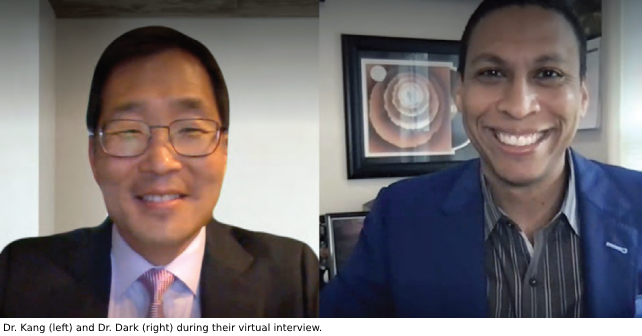
Third is the receptiveness of the rest of the health care community. And as we’ve seen, our nursing colleagues, whether it’s violence, burnout, or overall staffing models has also been impacted, as well as some of our other health care professionals.
Explore This Issue
ACEP Now: Vol 42 – No 07 – July 2023Let’s get into some of the solutions that I’ve seen proposed around the country. There was this shooting in a school in Tennessee recently, in recent months, and some of the lawmakers there are talking about investing in a system to help EDs recognize where there might be open psychiatric beds earlier on. Do you think that something as simple as that, just making sure that EDs have the ability to identify open psychiatric beds in nearby communities is a solution that would work at all for this crisis?
Dr. Kang: I think that is a key starting point. During the COVID-19 pandemic, as many readers may be aware, regional care coordination, including Washington State, the Los Angeles area, San Antonio, and Michigan, started utilizing these systems to identify available beds including critical care beds as well as ventilators to be able to distribute patients accordingly. That model has continued to be embraced by some parts of the federal government. And just a couple of days ago we had a meeting with American Psychiatric Association and their members and they also identified the need to be able to better understand where those beds are available. There is a precedent that’s set. The catch now becomes, is it private versus public beds? What’s really available? What happens when we’re short adolescent beds or geriatric psych beds? And then is it just a region or does this now look to include neighboring states?
Talking about mental health, we also need to talk about ourselves as physicians as well. We’re back-to-back burnout champions, according to reports from Medscape, which is a dubious honor to have, what are we doing to prevent the three-peat?1
Dr. Kang: This is not one of those cases to be proud of being number one. In terms of burnout itself, I think we need to identify a couple of different factors. One of them is we need to acknowledge it’s happening. There’s a mantra before, and it’s also associated with ED violence and other hardships that we endure that it’s part of what you do. Some things are not acceptable, as we’ve talked about with ED violence. Part of it is then understanding what are the causes. For everybody, it’s an individual thing.




No Responses to “Mid-Year Q&A with ACEP President Dr. Chris Kang”